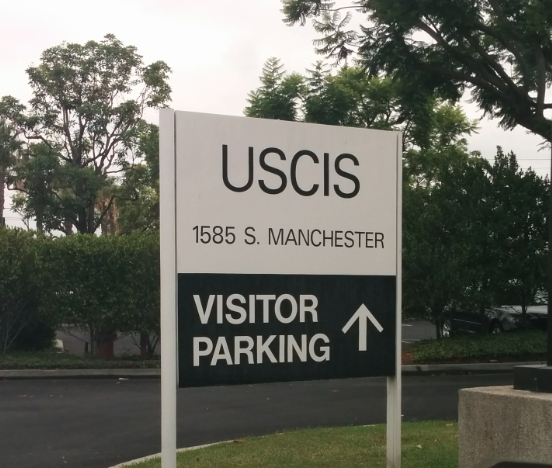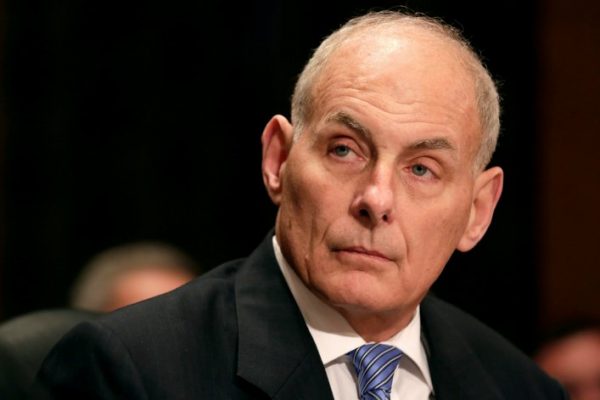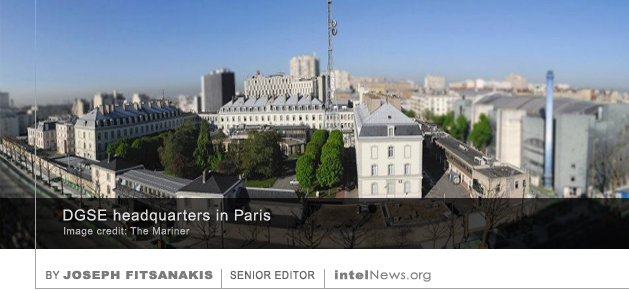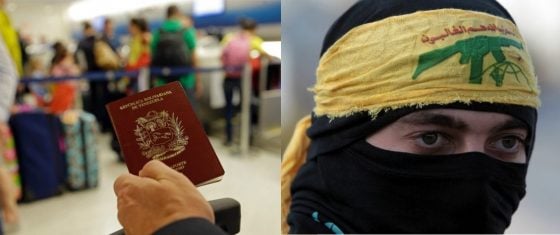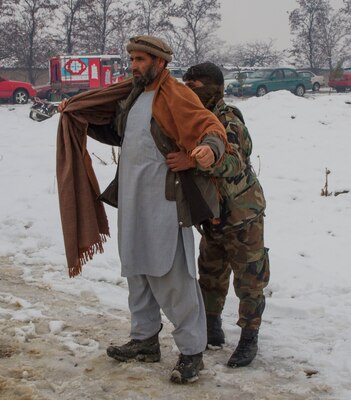Remember the circle jerk where the Federal government gives Planned Parenthood $500 million a year for subsidizing the organizations low cost healthcare for women? Planned Parenthood has a political action committee that has donated to members of Congress….so Federal dollars get cycled right back to member of Congress. Some like this for 2016/ House: Total to Democrats: $534,489 Total to Republicans: $7,500
(See the recipients here) Related reading: Planned Parenthood workers, PACs donated $25M to Dems since 2000
Essentially the same model is used for corporate subsidies….hold on to you oh sh*t bar for this one:
First examine the Export Import Bank shall we? Authorization to fund the ExIm Bank in 2015 was stopped by Congress and corporations freaked out. Why you ask? Well one reason dealt with an investigation from 2014: The U.S. Export-Import Bank has suspended or removed four officials in recent months amid investigations into allegations of gifts and kickbacks, as well as attempts to steer federal contracts to favored companies, several people familiar with the matter said. More here from the WSJ.
The Export Import Bank was designed to give small business a better edge in competing on national and global markets. So…how has that worked out?
Using a report published in 2015:
Using a dataset that the US Export-Import Bank recently made available to the public, one can see which foreign companies are among the top purchasers of American exports financed by the bank’s subsidy programs. The following table shows the top 10 foreign buyers, based on the total amount of financing authorized from fiscal years 2007 through 2013.
**
The number one buyer was the Mexican state-owned petroleum company, Pemex, which has a market capitalization of $416 billion but has somehow needed more than $7 billion in US-taxpayer-backed financing to facilitate deals with American exporters in recent years. Such assistance from the federal government to Pemex, along with other oil companies on the list, raises eyebrows, particularly considering that the current administration, which supports the reauthorization of the Ex-Im Bank, hasn’t exactly been pro-fossil fuels.
Other top buyers include foreign airlines that purchased aircraft from Boeing, which isn’t surprising given that Boeing is, by an overwhelming margin, the chief beneficiary of export assistance from the bank. Emirate Airlines, which has benefitted from $3.4 billion in US-backed financing, proudly boasts on its website that it has “recorded an annual profit in every year since its third in operation.”
The table further undermines the claim made by the Ex-Im Bank’s defenders that it provides critical support to US small businesses. Instead, it provides evidence that the biggest beneficiaries of the Ex-Im Bank’s largesse are large multinational corporations, here and overseas.
*** Okay, that is just the Export Import Bank…let us move on to other federal subsidies some of which during the campaign trail Senator Ted Cruz advocated for termination. He was right. How so?
From 2015: *(See any small companies listed below?) Read more here. Note the numbers below are BILLIONS.
 Now the private and free enterprise system and corporations should have success. But are these companies standing on their own or just part of another circle jerk for political favors? Hah….rhetorical question until you see who is participating. How about Google….the most profitable and successful tech company out there. Well yes but… Besides Intel, Google is the top tech company that receives government subsidies, picking up more than $630 million from states like Oregon, North Carolina and a few others. What does a multi-billion dollar company that controls the majority of the world’s Internet need with more than $630 million in government subsidies, you ask? Well, you know, for things like property taxes and training reimbursements. What, do you all think that money just grows on trees?! Also, don’t even think about googling “Google government subsidies” because THEY WILL KNOW ABOUT IT. How about WalMart?
Now the private and free enterprise system and corporations should have success. But are these companies standing on their own or just part of another circle jerk for political favors? Hah….rhetorical question until you see who is participating. How about Google….the most profitable and successful tech company out there. Well yes but… Besides Intel, Google is the top tech company that receives government subsidies, picking up more than $630 million from states like Oregon, North Carolina and a few others. What does a multi-billion dollar company that controls the majority of the world’s Internet need with more than $630 million in government subsidies, you ask? Well, you know, for things like property taxes and training reimbursements. What, do you all think that money just grows on trees?! Also, don’t even think about googling “Google government subsidies” because THEY WILL KNOW ABOUT IT. How about WalMart?
Yup, Walmart, the retail giant also benefits greatly from more than 260 different grants from multiple states totaling nearly $150 million. With that kind of money, it’s no wonder they can manage to sell anything and everything in their stores.
Seems Goldman Sachs had the red carpet to the cash the check here door too.
Remember that company that essentially caused the whole recession a few years ago and then managed to get billions in bailout money from the federal government because the U.S. Treasury and Federal Reserve were both stacked with the company’s former CEOs and high-level employees? Well, just so you know, they also do pretty well in the subsidies department. Goldman Sachs has raked in over $660 million, mostly from their home state of New York, but with some help from New Jersey, Utah and Michigan as well. Hooray! More here from PolicyMic.
Are we sure all these corporations including Disney or Intel are told to get these subsidies, they must hired American employees? Nope…hardly…but shouldn’t that be a stipulation? Disney has apparently survived a scandal by hiring foreign workers replacing Americans. It was just reported last year that Intel fired 12,000 employees only to be replaced by foreigners. Domestic corporations are getting big money from various federal programs and then abuse the H1B visa system.
Convoluted right? Where is the outrage? Hey President Trump….stop it all please…Please?


